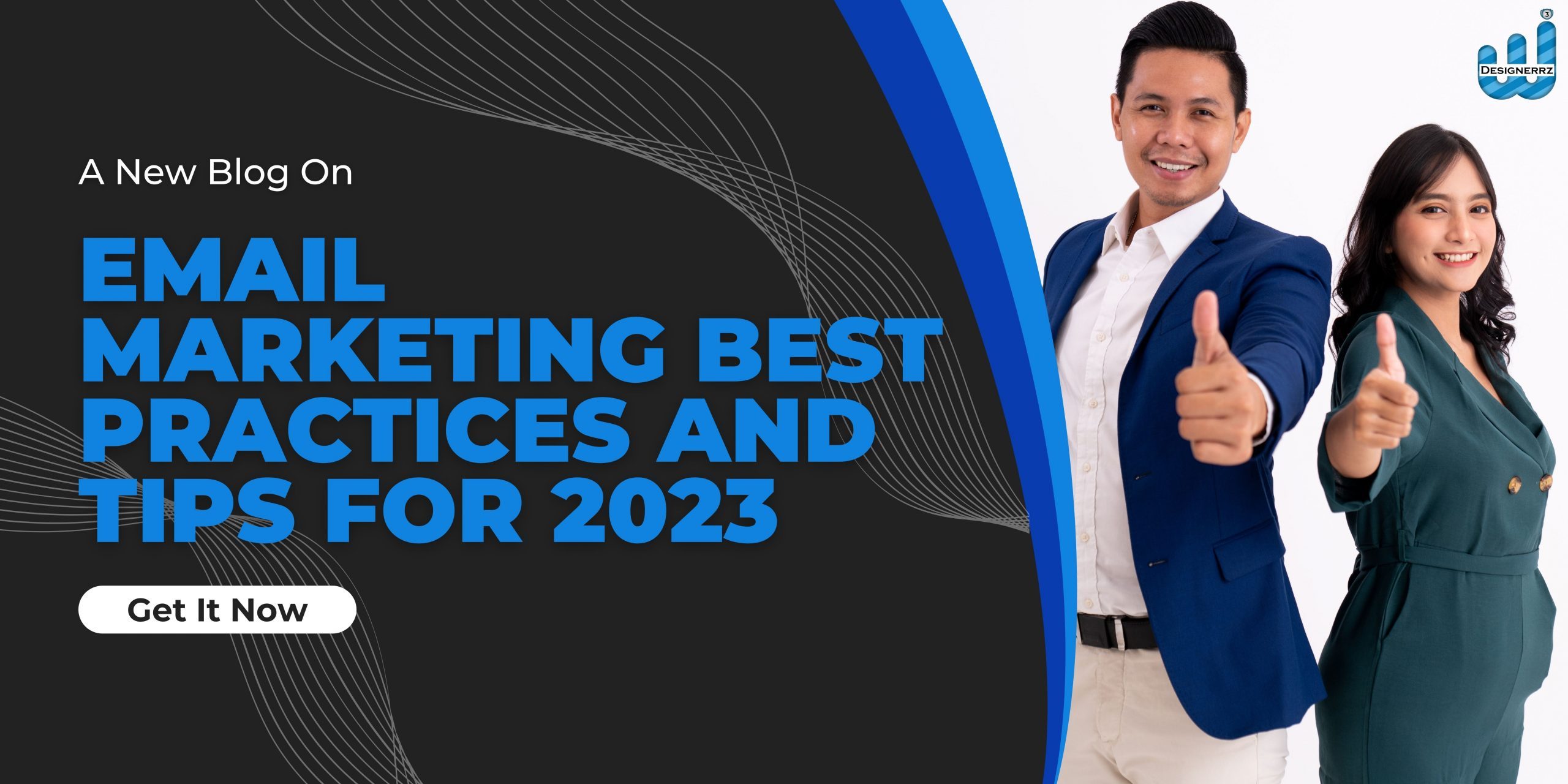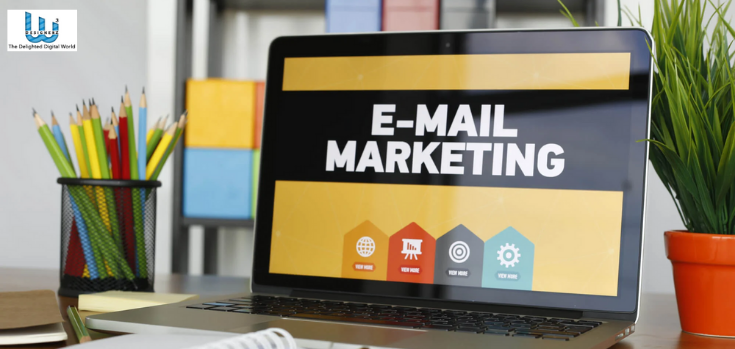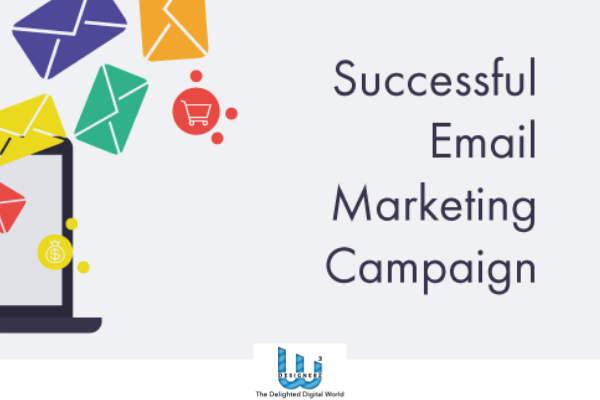Email Marketing Best Practices and Tips for 2023
Email marketing is a powerful tool to connect with your audience and boost your business. By following some simple tips and best practices, you can make your email marketing campaigns more effective and successful. In this blog, we’ll share easy and actionable tips for email marketing success.
Best practices for Email marketing:
Email marketing is a powerful tool for connecting with your audience and driving business growth. To make the most of your email campaigns, consider these best practices:
Build a Quality Email List: Focus on growing a list of engaged subscribers who genuinely want to hear from you. Avoid buying or renting email lists.
Segment Your List: Divide your subscribers into groups based on their interests, behaviours, or demographics. Sending targeted content increases relevancy and engagement.
Personalization: Address subscribers by their names and tailor your content to their preferences. Personalized emails have higher open and click-through rates.
Craft Compelling Subject Lines: Write concise and intriguing subject lines that encourage recipients to open your emails. Avoid spammy or misleading language.
Mobile-Friendly Design: Ensure your emails are responsive and easy to read on both desktop and mobile devices. Many people check emails on their smartphones.
Clear Call-to-Action (CTA): Each email should have a clear and prominent CTA that directs recipients to take a specific action, such as making a purchase or signing up.
Valuable Content: Provide content that offers value to your subscribers, whether it’s educational information, exclusive offers, or entertaining stories.
A/B Testing: Experiment with different elements of your emails, such as subject lines, CTAs, and visuals, to identify what resonates best with your audience.
Avoid Spam Triggers: Use spam filter-friendly language, avoid excessive use of capital letters and exclamation marks, and include an unsubscribe option.
Optimize Send Times: Test different days and times to find when your audience is most likely to engage with your emails.
Monitor Analytics: Keep track of open rates, click-through rates, conversions, and other key metrics to measure the effectiveness of your campaigns.
Segmentation by Engagement: Tailor your emails based on how engaged subscribers are with your previous emails. Reward active subscribers with special offers or content.
Consistency: Maintain a regular sending schedule to keep your brand top-of-mind without overwhelming your subscribers.
Permission-Based Marketing: Only send emails to individuals who have given you permission to do so. This helps build trust and reduces the likelihood of spam complaints.
Welcome Series: Send a series of welcome emails to new subscribers to introduce your brand, set expectations, and encourage engagement.
Unsubscribe Process: Make it easy for subscribers to opt-out of receiving emails if they wish. An easy and transparent unsubscribe process is a legal requirement in many places.
Keep Emails Concise: Get to the point quickly and use concise language. Busy recipients may not have time to read lengthy emails.
Use Alt Text for Images: Describe images using alt text to ensure that subscribers who can’t view images still understand the content.
Stay Up-to-Date with Regulations: Familiarize yourself with email marketing regulations in your region, such as the CAN-SPAM Act or GDPR, and ensure compliance.
Continuous Learning and Adaptation: Stay informed about email marketing trends, new tools, and evolving customer preferences. Adapt your strategies accordingly.
By implementing these best practices, you’ll be well-equipped to create effective and successful email marketing campaigns that engage your audience and drive meaningful results for your business.
Tips to get success through email marketing:
Achieving success through email marketing requires a strategic approach and consistent effort. Here are some valuable tips to help you maximize the effectiveness of your email marketing campaigns:
Set Clear Goals: Define specific, measurable objectives for your email campaigns, such as increasing sales, driving website traffic, or growing your subscriber list.
Build a Quality Email List: Focus on organic list growth by using sign-up forms on your website, social media, and events. Avoid purchasing or using third-party lists.
Segment Your Audience: Divide your subscribers into smaller segments based on demographics, interests, purchase history, or engagement level. This allows you to send targeted and relevant content.
Personalization: Address recipients by their names and use dynamic content to tailor emails to their preferences, increasing engagement and conversions.
Craft Compelling Subject Lines: Write attention-grabbing subject lines that clearly convey the value of opening the email and entice recipients to click.
Mobile-Friendly Design: Ensure your emails are responsive and visually appealing on various devices, especially mobile phones.
Provide Value: Offer valuable content, such as educational articles, exclusive discounts, or helpful tips, to keep subscribers engaged and interested.
Strong Call-to-Action (CTA): Use clear, action-oriented CTAs that guide recipients on what to do next, whether it’s making a purchase, downloading a resource, or visiting your website.
Consistency and Frequency: Establish a consistent sending schedule to maintain engagement without overwhelming your subscribers. Test different frequencies to find the sweet spot.
Avoid Spam Filters: Use spam-filter-friendly language, maintain a healthy text-to-image ratio, and include an unsubscribe option to reduce the likelihood of emails being marked as spam.
Segmentation by Engagement: Tailor your messaging based on how engaged subscribers are with your emails. Reward loyal subscribers with special offers or content.
Automate and Personalize: Use automation tools to send triggered emails, such as welcome series, abandoned cart reminders, or birthday greetings, based on subscriber actions.
Test and Learn: Continuously refine your email strategies based on data-driven insights. Test different strategies, analyze results, and apply learnings to improve future campaigns.
Social Sharing: Encourage recipients to share your emails on social media, extending your reach and potentially attracting new subscribers.
Feedback and Surveys: Gather feedback from subscribers to understand their preferences and improve your email content and frequency accordingly.
Keep Content Fresh: Avoid sending the same type of content repeatedly. Offer variety to keep subscribers engaged and interested.
Compliance: Stay informed about email marketing regulations in your region (e.g., CAN-SPAM Act, GDPR) to ensure legal compliance and build trust with your audience.
With these simple strategies, you’re well on your way to email marketing success. Remember, it’s all about building relationships, delivering value, and staying connected with your audience. By following these best practices, you’ll create engaging and effective email campaigns that drive results for your business.





